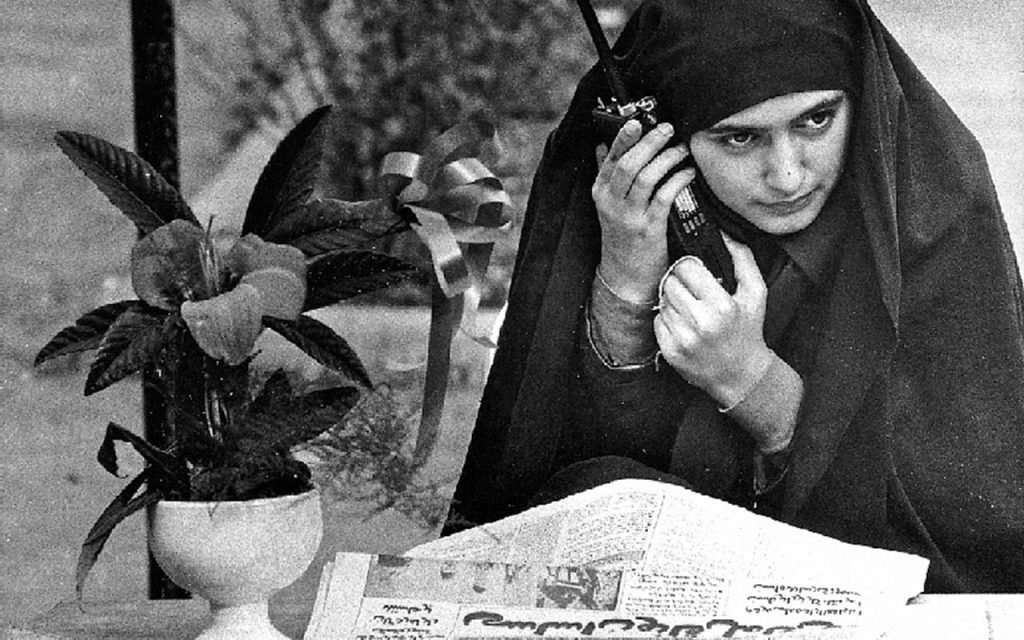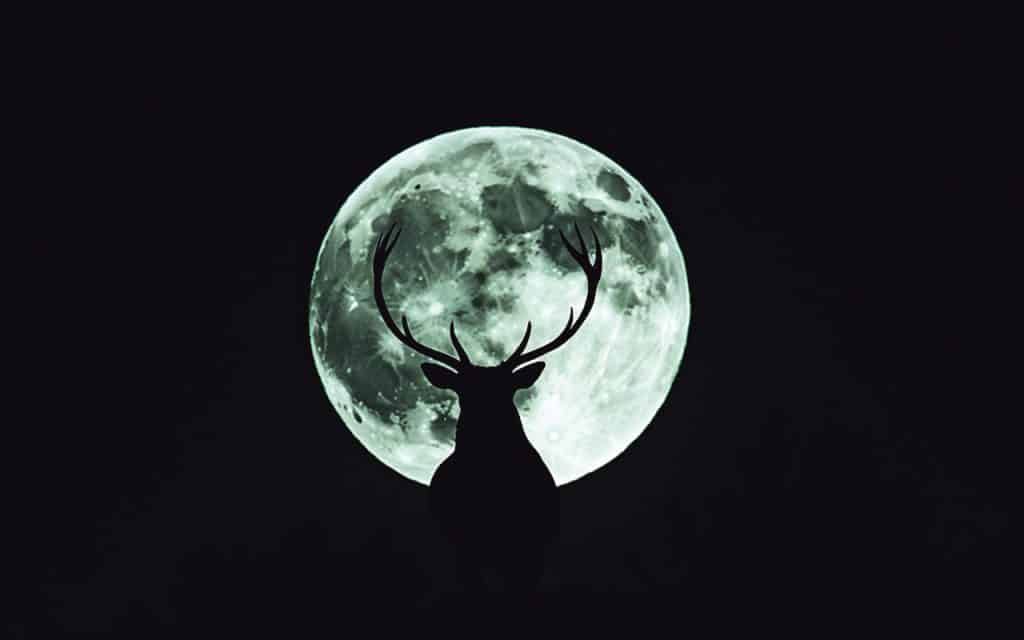In 1935, Reza Shah, the self-imposed leader of Persia, renamed his country Iran. It had endured in some shape or form as Persia for over two and a half millennia. To understand modern Iran, it has to be framed by the influence of Reza Pahlavi and his son Mohammad who would succeed him in 1941. In order to piece the story of Iran together, we also have to get back to the over-simplification of good and bad, which I wrote about last month.
Shah is simply the Iranian term for king. Reza Pahlavi the reformer, was keen to hold onto the ancient title. It would reveal the duality of his regime – modern but safely anchored by history. By renaming the country he was indeed a unifying figure, attempting to bring all the regions ethnically labelled ‘Aryan races’ under one banner, whether they wanted this or not. On gaining control of the country in 1921, Reza engaged on a campaign of modernisation, reforming education, building roads, creating new laws that banned the Muslim chador for women and cutting the influence of the Islamic clerics, which enraged them and religious sectors of society. To ‘unify the country’ he forced the nomadic tribes to settle, and confiscated huge amounts of land off others, acquiring large estates for himself. After years of colonial plunder, he halted French interests in Iran’s antiquities that were finding their way out of Iran back to Paris. To achieve his societal changes, he manipulated the fledgling democracy, making sure the parliament and politicians were aligned to him and controlling the army (using up to 50 per cent of the budget to maintain their loyalty towards the end of his reign). Media was controlled and monitored and punishment rather than reward was a tool of control – chiefly detentions, torture and imprisonment for dissenters. During this time, Reza was internationally trying to keep foreign interference to a minimum, indeed going so far as to create strong relations with Nazi Germany instead of the traditional power houses, while remaining neutral in WWII. As I mentioned last month, Iranian sovereignty was violated in that war, which ultimately led to the forced exile of Reza. His son Mohammad Reza became the new Shah at the insistence of his puppet masters, the British, helping to keep in check Soviet interests in Iran. In essence it allowed the new Shah to rule unchecked with even more authority, corruption and opulence. History was repeating itself and this eroded the legitimacy of westernisation further, as well as creating more tension between secularism and religious orthodoxy, and the ideals of democracy.
To understand Iran’s isolation on the world stage today, one has to understand Britain’s role in this theatre of geopolitics and the postwar climate. For many reasons, self-determination grew strongly post World War Two. The age of the empire was ending; imperial countries like Britain and France were broke after the war and maintaining an empire was becoming increasingly difficult. The Americans and Soviets were keen to see the great colonies fall too, as this was now the era of the Cold War, with each of the aforementioned looking to carve out their zones of influence through economic leverage, covert operations and placing military bases in ‘liberated’ countries, from Japan to eastern Europe, the Philippines to the Middle East. It was a type of new colonialism, that still exists today, not through crude conquering and takeover, but with destabilisation of countries and economic strangulation in order to control them. Iran remains one of the most sanctioned countries in the world today.
While good old-fashioned colonialism would last another few decades or so, some countries post war began to exert their freedom in the late forties and early fifties: India and Ghana from Britain, Vietnam from France and Indonesia form the Dutch. Iran, while not a colony, was nevertheless controlled. It too was infused with this new global spirit of liberty and wanting to reassert her own sovereignty. In 1951, in defiance of the Shah Mohammad Reza, the prime minister (who under the Shahs was only a token position of power), rose in this fervour of nationalism and self-determination. In efforts to regain their own resources and destiny over affairs, Prime Minister Mohammad Mossadegh nationalised the Anglo Iranian oil, in an effort to channel its profitability into Iran instead of the murky hands of profiteers in Britain. It neither suited the British nor the Americans, (whose Middle Eastern foreign policy continues to centre around dividing and weakening the bonds between Muslim and middle eastern countries, culminating in the Iran-Iraq War where they supplied arms to both sides!), who orchestrated a coup in 1953 that overthrew Mossadegh and reinstated the Shah, who would rule with an iron fist. Nasser in Egypt had the audacity to nationalise the Suez Canal later in 1956, once again precipitating British, French and Israeli intervention to keep their own interest at the forefront.
This incessant meddling in the affairs of Iran, backed by the Shah, undermined a generation’s belief in democracy, rule of law and secular westernisation. These are the very conditions that can push rather than pull people into the refuge of a religious regime, one that, at least on the surface, offers a system that accounts for stability, one’s religious beliefs, ethics and tradition. It would culminate in 1979 with the Iranian Revolution. More often than not, it’s framed from the perspective of the American embassy hostages, as if that was the priority in a country of 40 million back then. Then US president Jimmy Carter negotiated all of the hostages’ safe return 444 days later. This was after a failed rescue attempt, but Carter resisted going to war (in fact Carter is the only president of modern times not to get the USA tangled in a war during his term).
It was the religious cleric, Ayatollah Ruhollah Khomeini, who led the opposition to the Shah’s rule in 1979. It swiftly caught fire, despite the Shah for decades claiming that his people loved him. In comparison to other regional civil wars that have torn the Middle East apart, there was a relatively small death toll of 2,500 souls, which points towards a very small support base for the Shah. But Khomeini was only one piece of the pie in the uprising that contained the Islamists loyal to Khomeini, secular liberals, nationalists, communists and Islamist-Marxists. Religious theocracy was not the driving factor in the mixed bag of allies, rather the deposition of the despot and decades of foreign intervention, whose fiefdom had contained the world’s fourth biggest oil fields and second largest gas field – rich resources that never trickled down to the populace as they should have. Now they were nationalised and so were the banks. Profit sharing for workers was implemented and poverty measurably decreased. Perhaps a little known fact is the increase in literacy rates for women. Can the same progress be seen in today’s Iran?

Sadly, and we have seen this in our backyard in the North of Ireland, ideology, religion and violence go hand in hand. The Khomeini faction executed 12,000 people who opposed him, sweeping aside any other the other ideological allies that wanted voice – and so the Islamic Republic was born. A country independent of western influence and free to practise the Shia religion, integrating it into society, politics and education (whether you liked it or not). Indeed the regime wanted to purge it from westernisation, that had partly modernised and partly corrupted it. History has thought us that regimes that follow colonisation and western bullying themselves become uncompromising, pure, and all-consuming.
The aim of the article is not to defend or criticise Iran or any state who wishes to have religion at the centre of its body politic. Rather it aims to understand some of reasons behind what shapes a country, causing it to react in a certain way. It also seeks to show that we can oversimplify situations into one country being seen as simply bad or good. There are multifaceted reasons why countries take certain paths and, in Iran’s case, the troublesome state linked to terrorism and sectarianism, while undermining regional stability, was once itself destabilised, terrorised and abused with their religion denigrated. Today, there is a lack of freedom for women, religious intolerance, and political control. The Shahs may have liberalised some sectors, but media, politics and the army are all controlled. What separates them is not just ideology, but identity. Iran is run by Iranians and is no longer under the yoke of the west and that is why we must be circumspect in making black and white judgments. However, it is also fair to say that Islamic ‘Revolution’ rather than Islamic ‘Republic’ has become the dominant trait of 21st Iran, where hardcore ideology is at its centre and not republican-style emancipation for Iranian nationalists, free thinkers, or many women. Finally, Iran is a Shia Muslim country, arch enemy of countries that are Sunni-dominated. This factor will also play a defining role in how Iran is viewed, even within the Islamic sphere, as Sunni believe the Shia religion to be heretical, akin to how Catholics would have originally seen Martin Luther’s newfound ‘Protestantism’ in the 16th century. Even the most informed of us may take a side or label a country; but knowing what shaped it, can at least inform our judgments.



